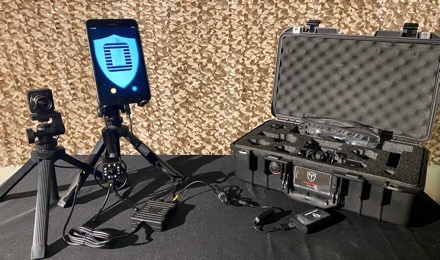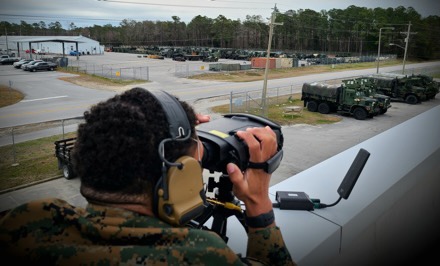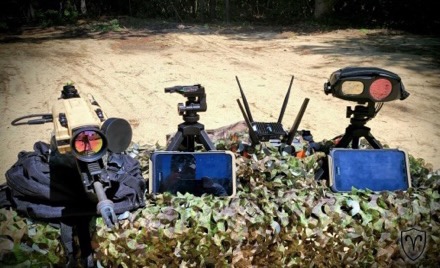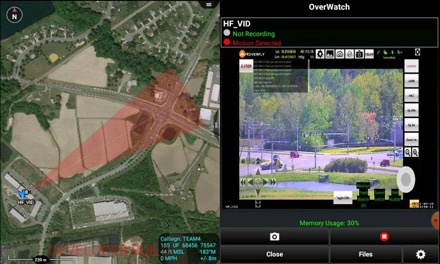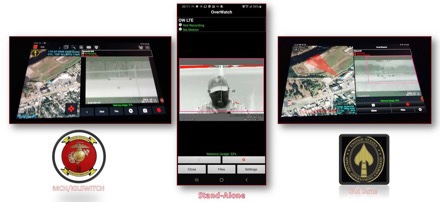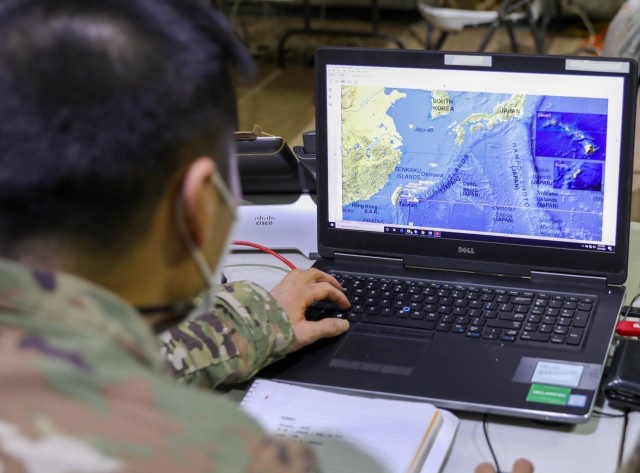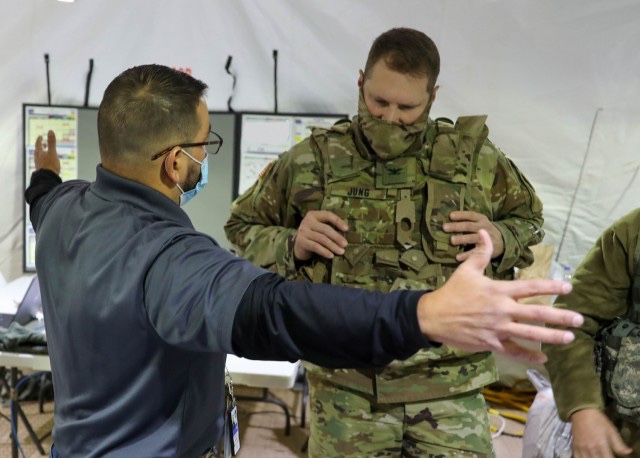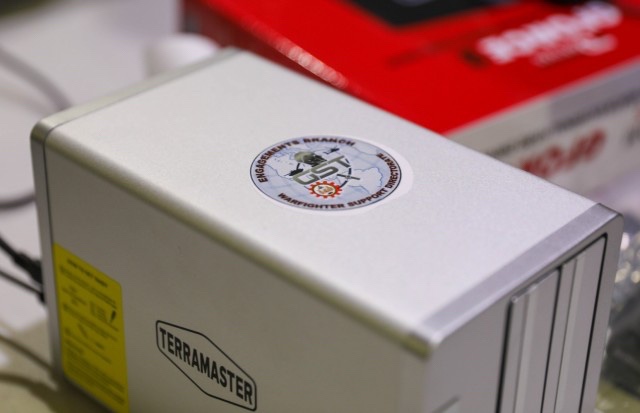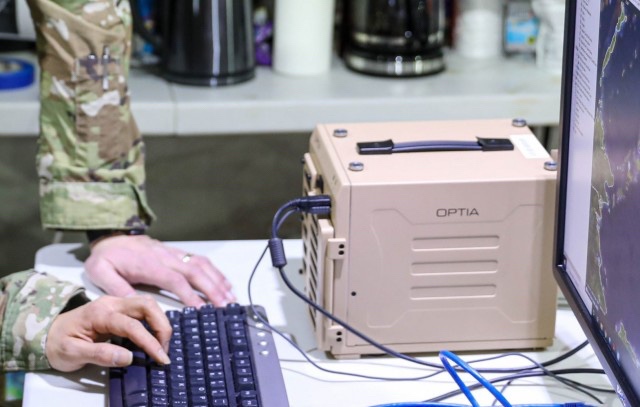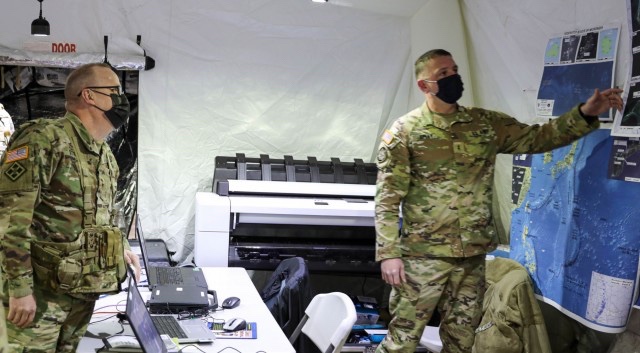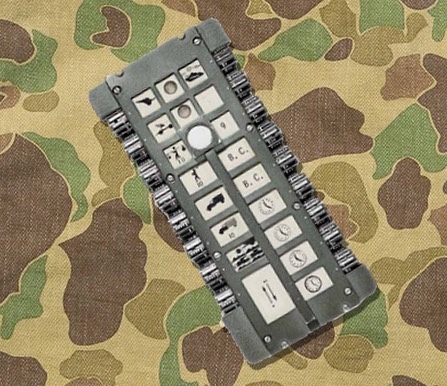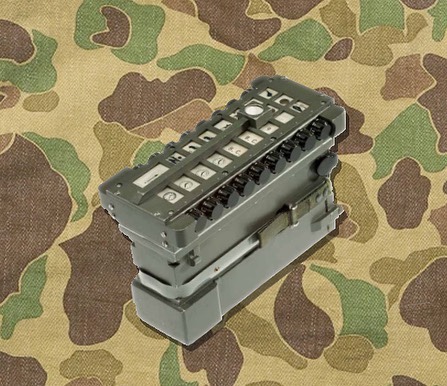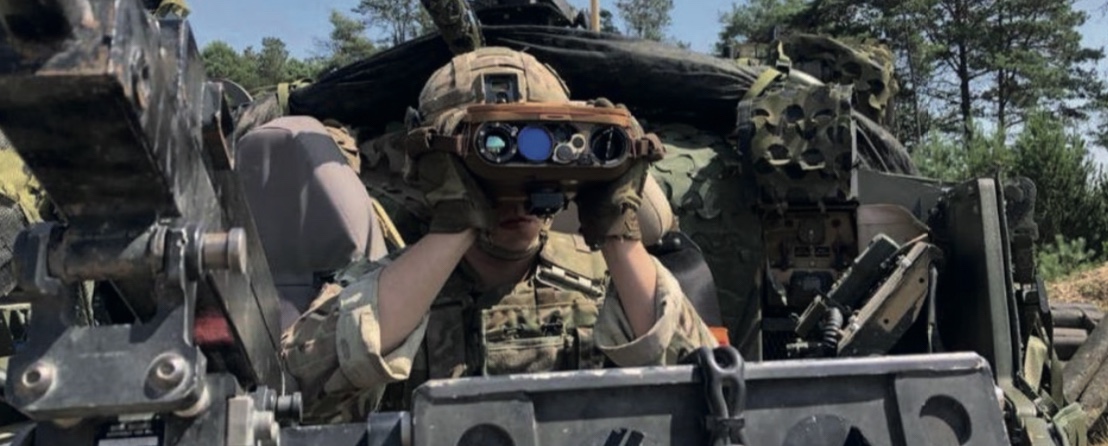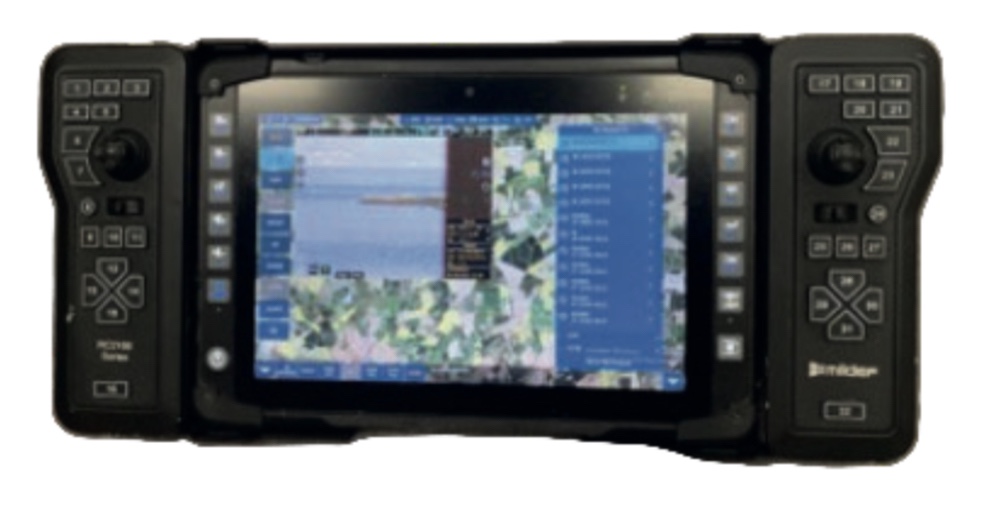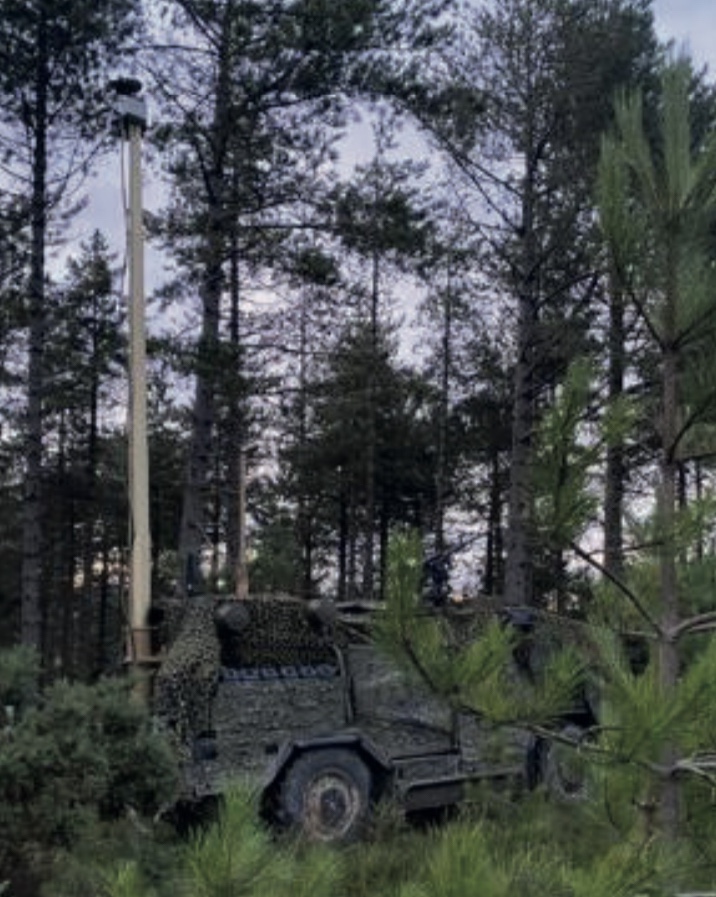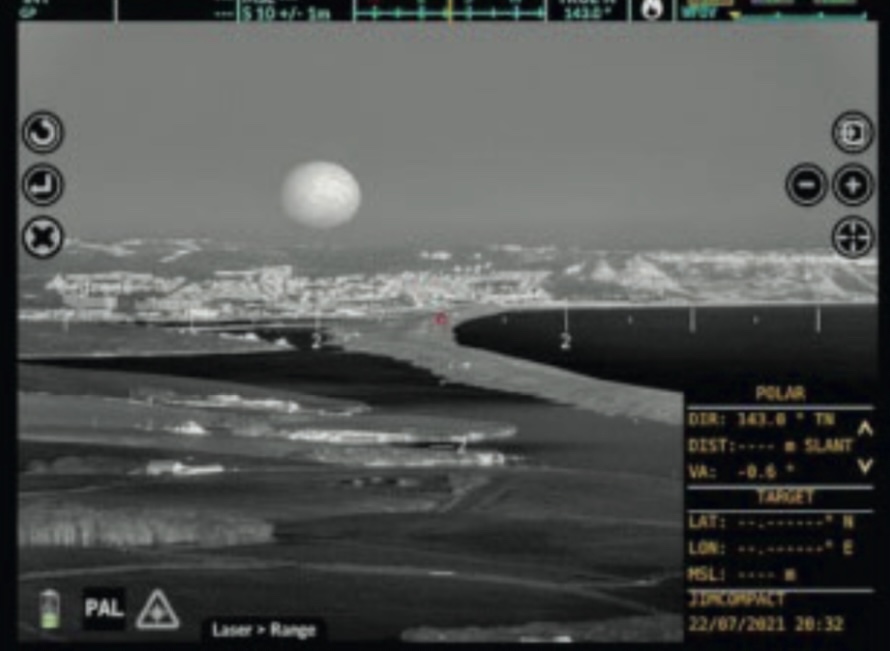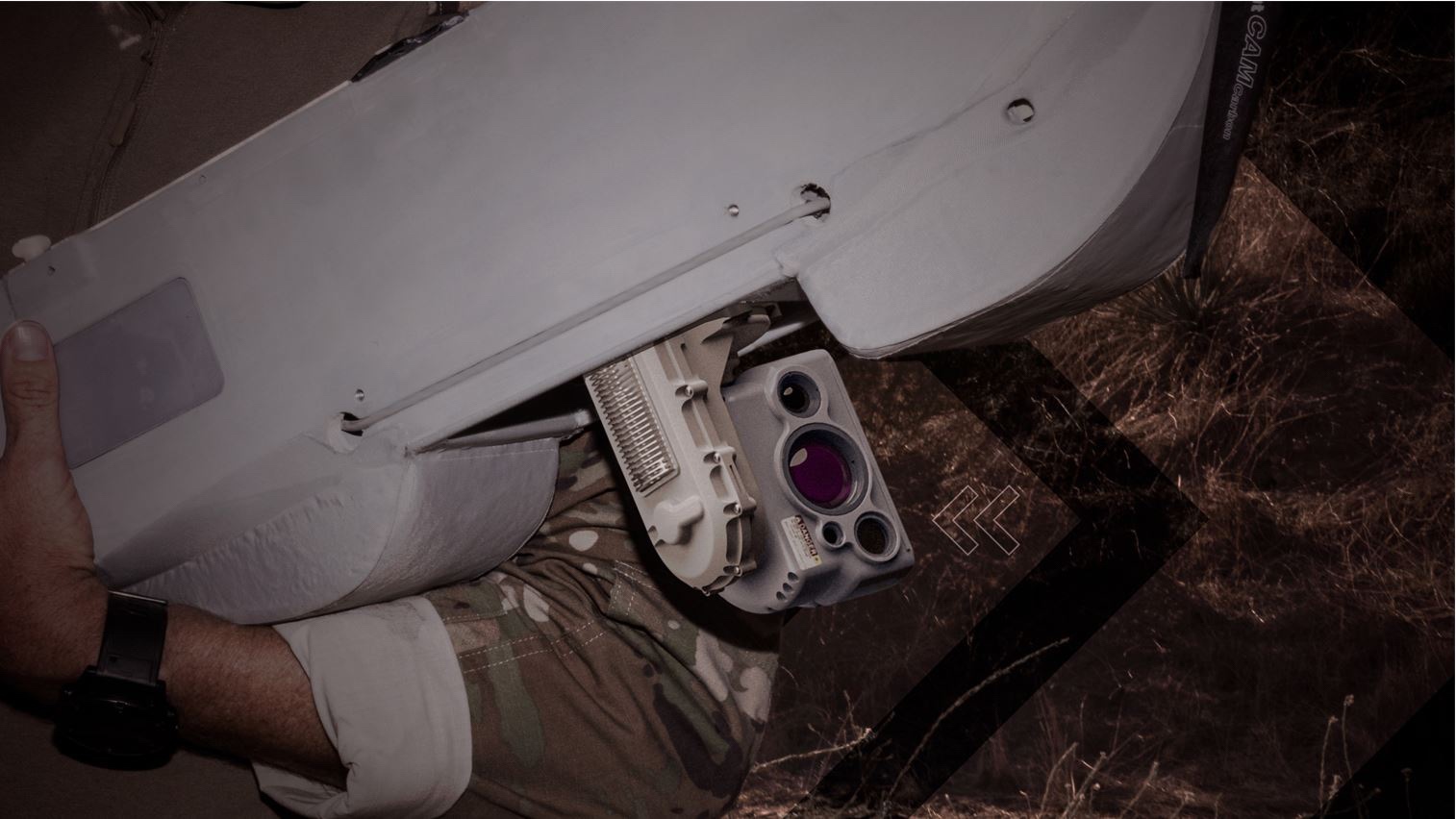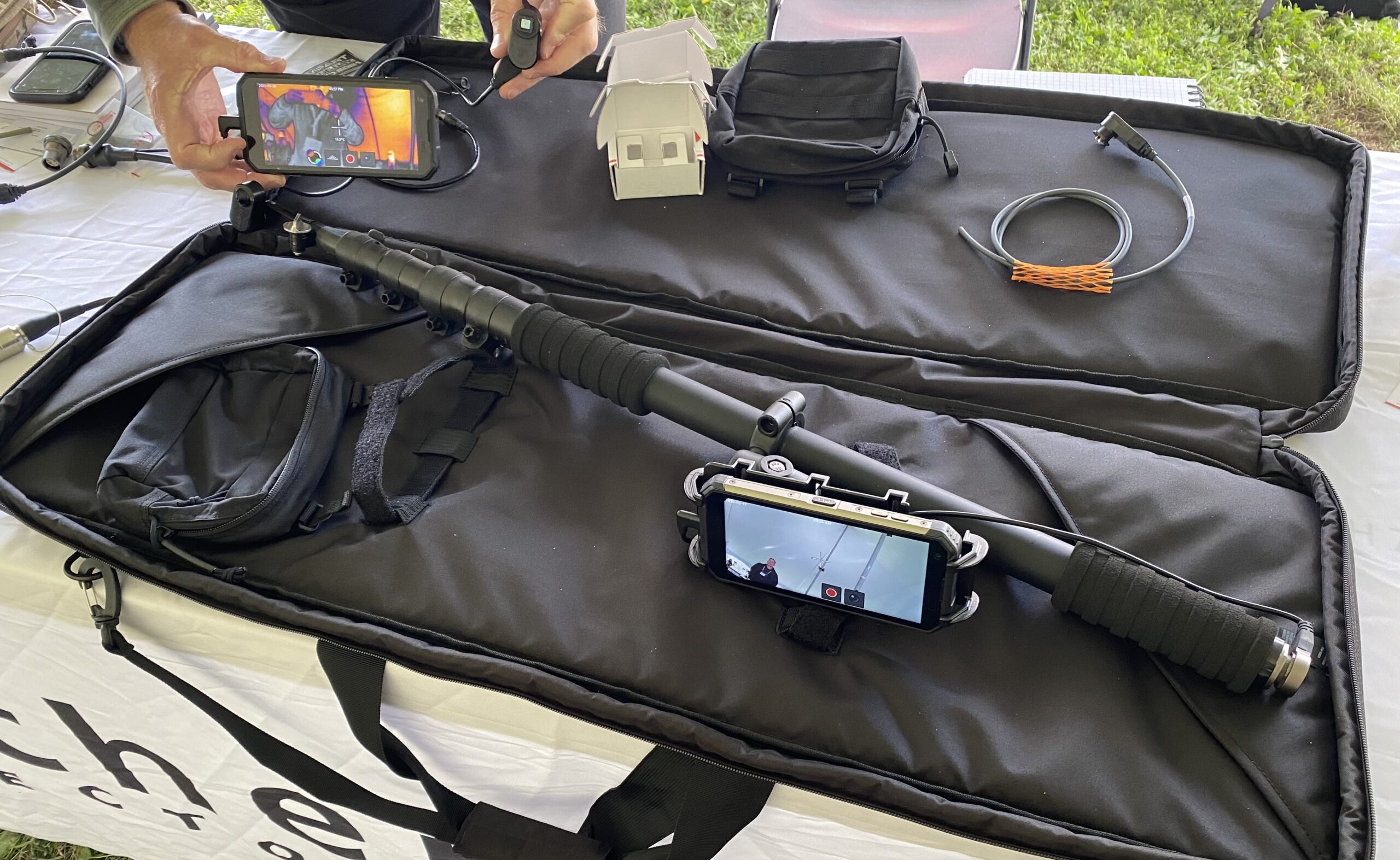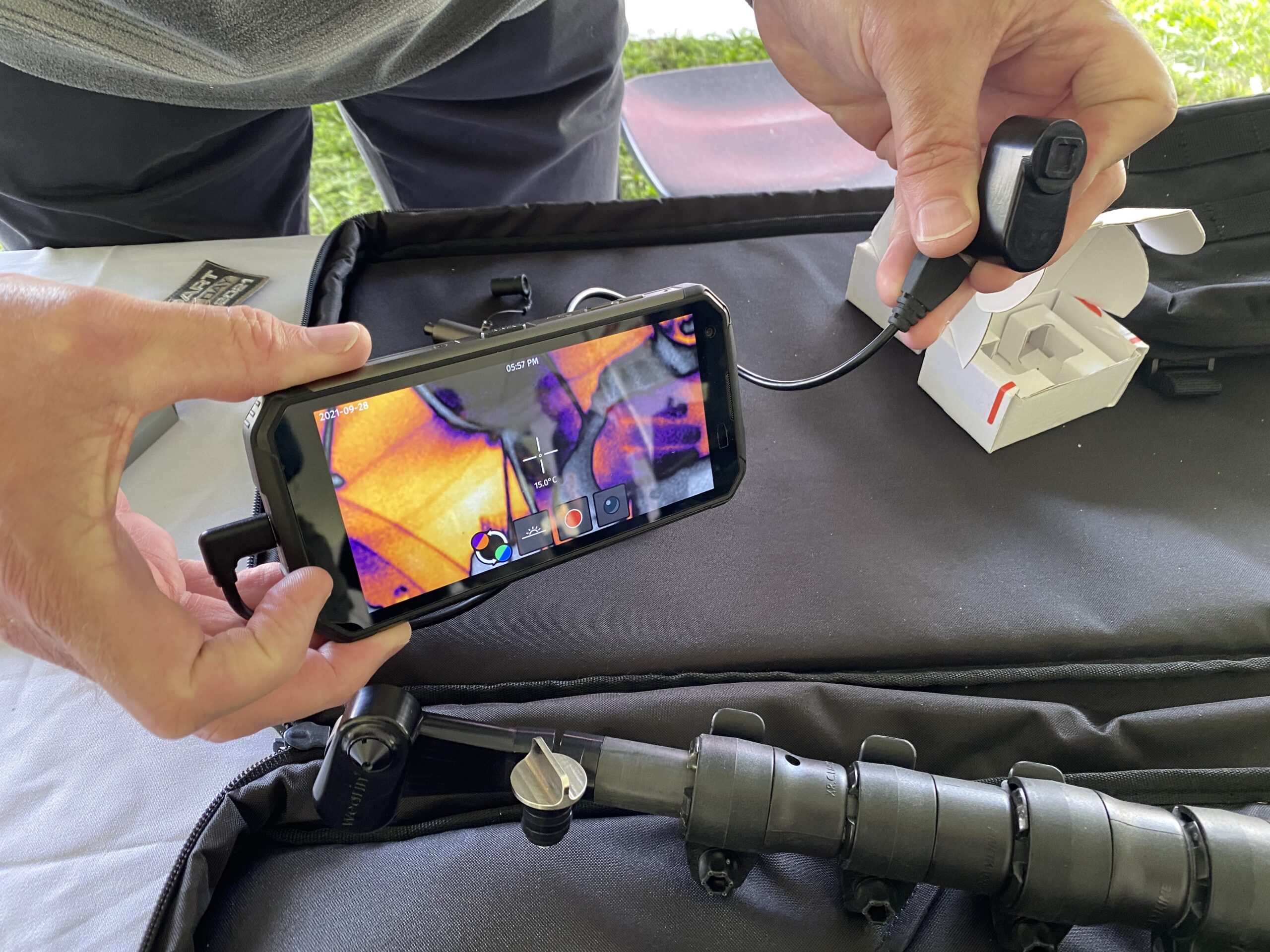ARLINGTON, Va. —
The Deputy Commandant for Information established the Information Development Institute, the IDI Portal and available learning and development resources for information technology, cyber and intelligence civilian Marines reflected in MARADMIN 457/21 released on Aug. 31.
Recruiting, developing and training top talent with the right skills needed to fight and win in the information environment is a top priority for DC I.
Since the inception of the program to the beginning of FY22, more than 350 individuals, stationed in the US and aboard, assigned to various units have leveraged resources available to refine their skills and capability in support of the Marine Corps Team.
“As described in the Force Design Annual Update, we need to seek new approaches in training and education that will serve as a force multiplier,” stated Lt. Gen. Matthew Glavy, Deputy Commandant for Information. “Success starts with people. Developing and managing talent is a top priority for the Marine Corps. Information Development Institute is just one way DC I is enabling our civilian workforce to learn the skills needed in support of Force Design.”
The IDI provides a program for continuous development of Marine Corps civilians who deliver information systems, services, and products critical to the Fleet Marine Force. In practice, the IDI provides a centralized one stop shop for training and education opportunities for all Information Civilian Marines at scale.
Within the IDI, information civilian Marines have access to a learning network to include the IDI Pluralsight learning platform, technical training, learning partnerships and learning opportunities.
The newly established learning network is comprised of the IDI Pluralsight learning platform enabling unlimited access to over 10,000 on-demand technology courses and skill-based learning content organized specifically for work roles.
“Information Development Institute is just one way DC I is enabling our civilian workforce to learn the skills needed in support of Force Design.”
Lt. Gen. Matthew Glavy, Deputy Commandant for Information
“The learning platform has provided me with the flexibility to participate in both lecture format training and practical labs without the restrictions of a rigid schedule or location. It is this flexibility, mixed with the short lessons, that let me continue to learn when there are lulls in my daily work,” said Andrew Kosakowski, Information Systems Security Manager assigned to Marine Corps Information Operations Center, DC I. “Overall, I believe this learning platform is a good resource for developing new, refreshing old, and retaining current technical skills I do not use daily.”
Also part of the learning network is Marine Credentialing Opportunities On-Line to supporting credentialing voucher support for IT and cybersecurity civilians.
The IDI learning network is a centralized platform, accessed via the MarineNet eLearning Ecosystem.
Learning experiences and partnerships within the IDI enables industry exchanges and rotational opportunities that encourage cross training. Additionally, the IDI enables collaboration with academic institutions to bring degree-based programs of instruction.
In support of certification and technical training in security, networking, and applications skillsets, IDI has partnered with Naval Information Warfare Center and General Services Administration to provide courses.
“Our IT, cyber and intel civilian Marines are vital to the mission at DC I and enabling the force to operationalize information as a warfighting function,” said Jennifer Edgin, Assistant Deputy Commandant for Information. “We value the diverse skills our civilian force brings to the team and I am proud that we can provide them access to additional training and opportunities to continue to equip them with the skills for the future.”
All IT, Cyber and Intel Civilian Marines who would like to request access to an IDI course or Pluralsight subscription should request via the link: portal.marinenet.usmc.mil/IDI, or email IDI_Team@usmc.mil.
The referenced published MARADMIN: 457/21 can be found at the following link: www.marines.mil/News/Messages/Messages-Display/Article/2759437/announcement-of-the-information-development-institute-idi-learning-resources-fo
By Maj Gregory Carroll, Headquarters Marine Corps
